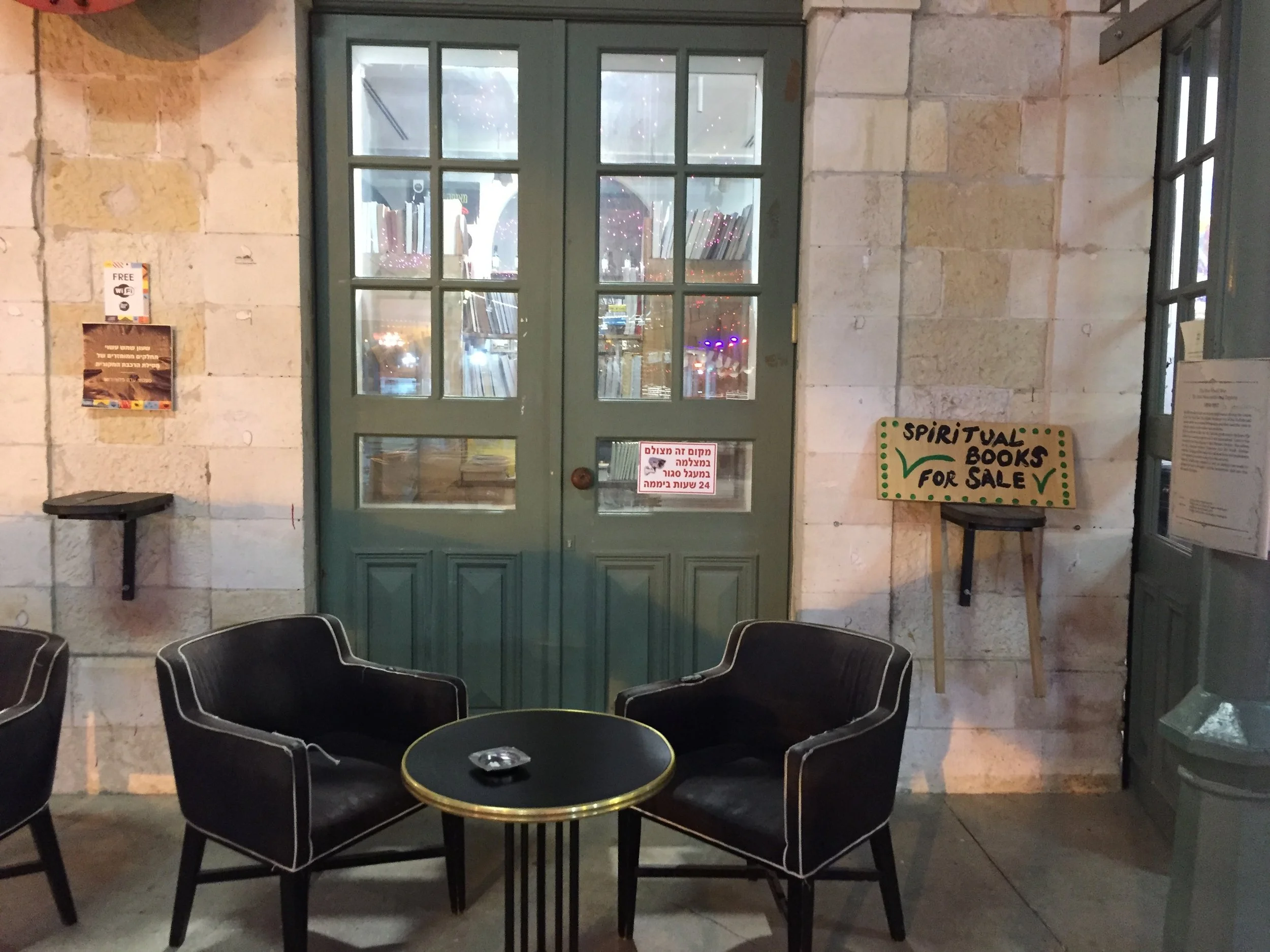In 2006, I was able to travel to Israel for the first time. Even as a child, I had learned from my father about the spiritual legacy of the Jewish people, the land God had given them, and how He had protected them. And, best of all, during that amazing year, I was able to set foot on the land myself. There I began to meet and come to know Israelis as friends and allies, and to see with my own eyes the biblical heritage I had inherited as a Christian believer.
Read MoreThe plan, if adopted in full, would eventually end the two-year war that started when Hamas killed almost 1,200 people in Israel and kidnapped about 250. Israel’s attacks on the Gaza strip, where the hostages were taken, have since killed at least 66,000 Palestinians, the Gaza Health Ministry says, and left much of the enclave in ruins.
Read More(ANALYSIS) A fragile ceasefire was put in place in southern Syria on July 19, after days of violence between Druze militias and Bedouin tribes that drew in government forces and prompted Israeli strikes on the capital, Damascus, as a warning to pull back from Druze areas. The United States helped broker the latest agreement, fearing a spillover of violence to other parts of Syria.
Read MoreHarvard University’s president has apologized for the campus climate over the last year and a half, in a letter accompanying a long-awaited report from a university task force on antisemitism and anti-Israel bias.
Read MoreRome has been all gussied up for the Catholic Church’s Jubilee Year. An extra 10 million pilgrims are forecast, adding to last year's record of 22 million. More than $8 billion has been spent to refurbish the city’s historic sites with their ancient ruins, spectacular churches and Renaissance fountains. Nothing of the like has taken place in Israel as it also awaits pilgrims.
Read More(ANALYSIS) Israel and Hamas’ new ceasefire deal promises to bring much-needed relief to the region after 15 months of brutal conflict. But a series of uncertainties continues to loom large. Many pivotal questions remain unanswered, and their resolution will determine whether this ceasefire is a genuine step towards lasting peace or merely a temporary reprieve.
Read More(TRAVEL) Barring some extraordinary archeological findings (I'm not ruling that out), we will never know for sure. But the Bible and Judea provide some clues. Today's visitors to Israel have the chance to learn more about the Bible-wine connection through the new “Wines of the Bible Route.” The route journeys through Judea and traces the viticultural history of the area. Judea lies between Jerusalem and Tel Aviv and includes two wine regions.
Read MoreThe Pulitzer Prize committee awarded a “special citation” to journalists covering the war in Gaza. In addition, “A Day in the Life of Abed Salaman: Anatomy of a Jerusalem” Tragedy by Nathan Thrall, which documents the experience of a Palestinian father whose 5-year-old son was killed in a bus crash, won the prize for general nonfiction.
Read MoreThis week’s Weekend Plug-in highlights the crucial religion angles related to the Israel-Hamas war. Plus, as always, catch up on all the best reads and top headlines in the world of faith.
Read More(ANALYSIS) Israel’s new government is the most right-wing and religious leadership the country has had in the 75 years of its existence, as many observers have pointed out. And this style of leadership may last because it represents the next generation of Israelis.
Read More(OPINION) Jewish ritual purity baths have become a flashpoint in Israel’s struggle to contain the COVID-19 pandemic. Many are continuing to go and not wearing masks in the process.
Read More(TRAVEL) Based on chemical analysis of resin found on the limestone altars of a Tel Arad shrine, researchers in Israel recently published a study that suggests the ancient Israelites used cannabis mixed with animal dung to spark a level of ecstasy during worship.
Read MoreSince GOD TV launched its Hebrew-language Shelanu Television on April 29, the international Christian media network has sparked an uproar in Israel over the clash between media freedom and the state’s concerns about missionary activity.
Read MoreCohen, an 11th grader, beat 72 teenagers from 41 countries. The 14-18-year-old contestants competed remotely from their home countries. The event, broadcast on Israeli state TV, also sparked some controversy this year.
Read MoreAmid rising attacks against American Jews, many Modern Orthodox synagogues in New York are grappling with how to ensure security within their houses of worship while remaining compliant with their religious laws.
Read MoreHistorically, Indonesian Muslims have worn loosely wrapped, somewhat transparent, colorful scarves. Now, the most common covering is the jilbab, an opaque square scarf which is tightly wrapped and pinned under the chin, and typically does not show any hair. For Muslims who do not wear one, it is enough to “cover their hearts.” But for *Aya and many other Muslim women, the ritual of physically covering her body is also important, as it puts the religious principle into practice — an external expression of an internal disposition.
Read MoreWearing a full and graying beard, khaki trousers and a woolen vest, 66-year-old Ya’cub ibn Yusuf, puttered around his little shop. Sufi-inspired sounds played by an Israeli musician piped from the speakers above. “Spiritual Books for Sale,” read the sign outside the door.
Read More
















